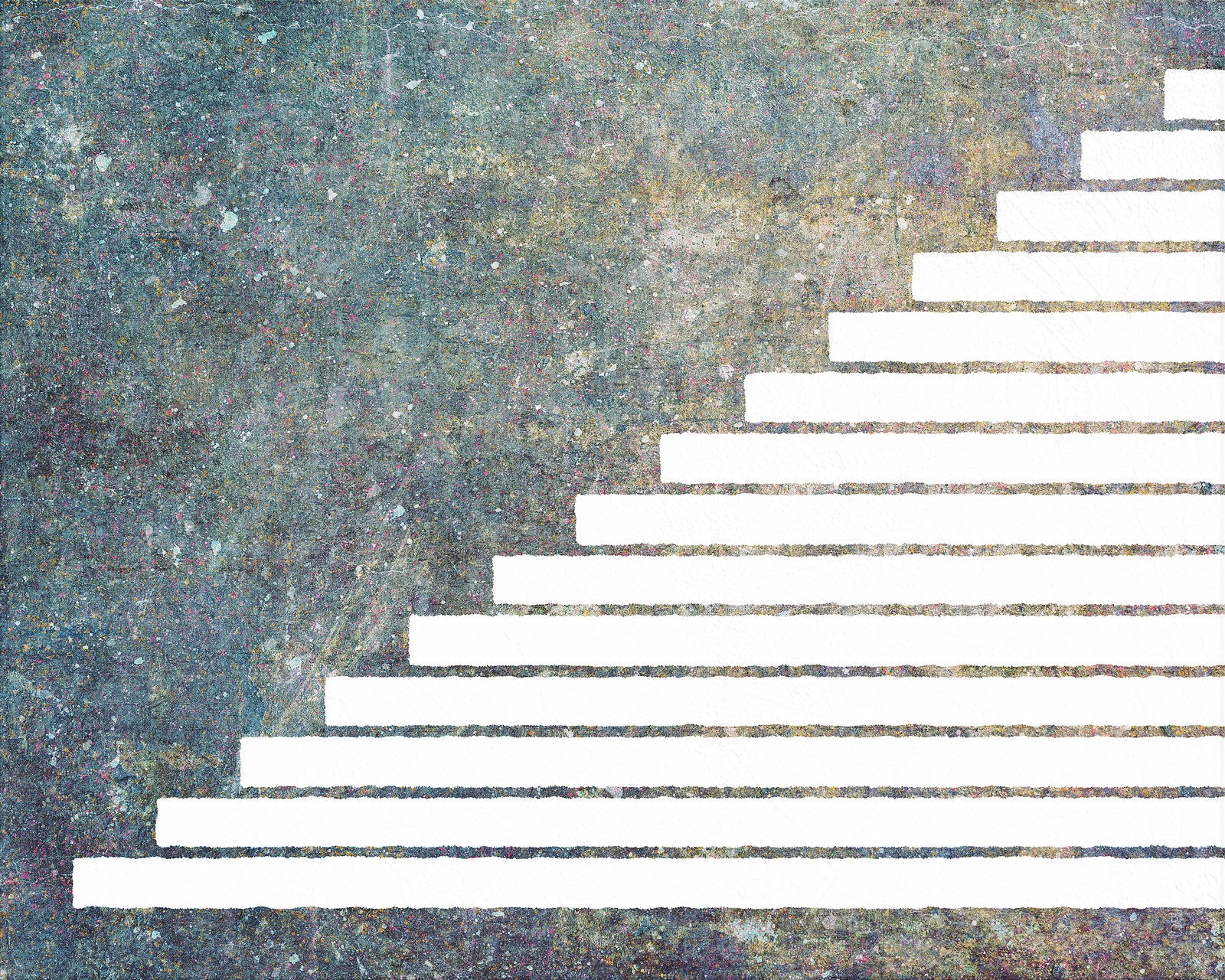From the last post describing Moroni's visit to a repentant, 17 year-old Joseph Smith, we concentrated on how Smith's familiarity with scripture prepared him to received paradigm-shifting earthquakes as new contexts for prophecies became the content of an angelic message. We also noted how little of this content was relayed beyond Smith himself--as third party readers, we are told that the bulk of the message is not recorded here, just important summary details.
As a pedagogue who strives for excellence in teaching, what stuck out to me in the next verses was the mercy and didactic skill evident in Moroni's subsequent visits. With Joseph's mind still reeling from familiar passages given new light, the angel again penetrates the room and speaks:
"He commenced, and again related the very same things which he had done at his first visit, without the least variation" (1:45)
There is a brief addition to the message this time, but then, after leaving Smith alone to ponder, yet again the messenger emerges from his luminous conduit, and, as Smith relates:
"what was my surprise when again I beheld the same messenger at my bedside, and heard him rehearse or repeat over again to me the same things as before" (1:46)
After the repetition, without the least variation once more, we must assume, there was again an addition to the communication which built upon what was now already firmly anchored in the memory before the being of light once again departed.
Finally, as the night dissipated and the work day on the farm began without Joseph's ability to contribute much, the angel made one last appearance on that property, which is recorded for us with with the inclusion of:
"He then again related unto me all that he had related to me the previous night" (1:49)
There's a double effect that this pedagogical method produces. First, repetition is the soul of teaching, and reinforces the message and details at each retelling. But it also structurally sets apart the non-repeated elements as even more memorable. In this case, the core was an exposition of scripture--of prior prophecy and pending fulfillment, all packaged in a new paradigm's arc, and the non-repeated additions align as follows: 1. a new prophecy of impending judgments (implying that Joseph's role would help mitigate them); 2. a warning to hold the plates sacred and avoid material temptation to profit therefrom; 3. a commandment to bring his father into the circle of trust about these visits.
I find these additions significant. They ground Smith in a few important ideas: 1. that God provides mantic manifestations and will continue to do so--He's not limited to speaking only through past prophets; 2. that God wants to prepare his servants against particular temptations and forces seeking to stymy the work; 3. that support in his functions and service as prophet will include not only heavenly sources, but earthly ones that know him best and care for him best--that family hearts were being prepared to accept the paradigm shifts that will come through him.
As we each receive callings to serve in the Church, this seems to me applicable as a pattern: 1. we need to seek His specific word on behalf of those within our influence, and expect that He will guide us; 2. He is interested in our success, which includes arming us with foreknowledge of our adversaries; 3. We have a circle of support He is concurrently priming to bear us up as we commit to serve.
On the fifth visit--the one at the hill Cumorah--we have the only one in this passage for which there is no mention of the actual arrival. We don't know at what point the angel appeared--whether it was before the unearthing of the box, during the course of removing earth, obtaining a lever, and peering under the stone, or at the moment of his first attempt to handle and remove the box's contents, as if in sudden warning. However we imagine the scene, what's clear is that the pedagogy was not complete--that the repetitions would continue, at regular intervals, for years. This would both allow Joseph to mature intellectually, spiritually, physically and socially, and would allow the message itself to have space for growth.
Finally, a quick note on the reception of revelation. As Smith closes this part of his record, he deploys, for the first time, a suggestive term that hints toward a more mutual interaction than the previous verses. As he describes a prayer for forgiveness becoming an angelic visit, his narrative focus is appropriately on the messenger, the message and its reception. But the Cumorah visit and its subsequent annual visits--his fifth through ninth interactions with Moroni--seem described in a way that might have also applied to the previous 4: as "interviews". Joseph is allowed to question, to ask for clarification, to converse. His learning is active, not passive, and this also forms part of the model we should strive for as students of the Divine nature. Let us bring our curiosity, and allow our humility to show through active engagement with the voice of the Lord, whether it be through text (reading AND writing), through intermediaries, or through more direct representatives like the Holy Ghost. As He teaches us line upon line, precept upon precept, here a little, there a little, let us be agents, moving with our minds and our feet ever closer to the higher truths He wants to reveal to us.


No comments:
Post a Comment